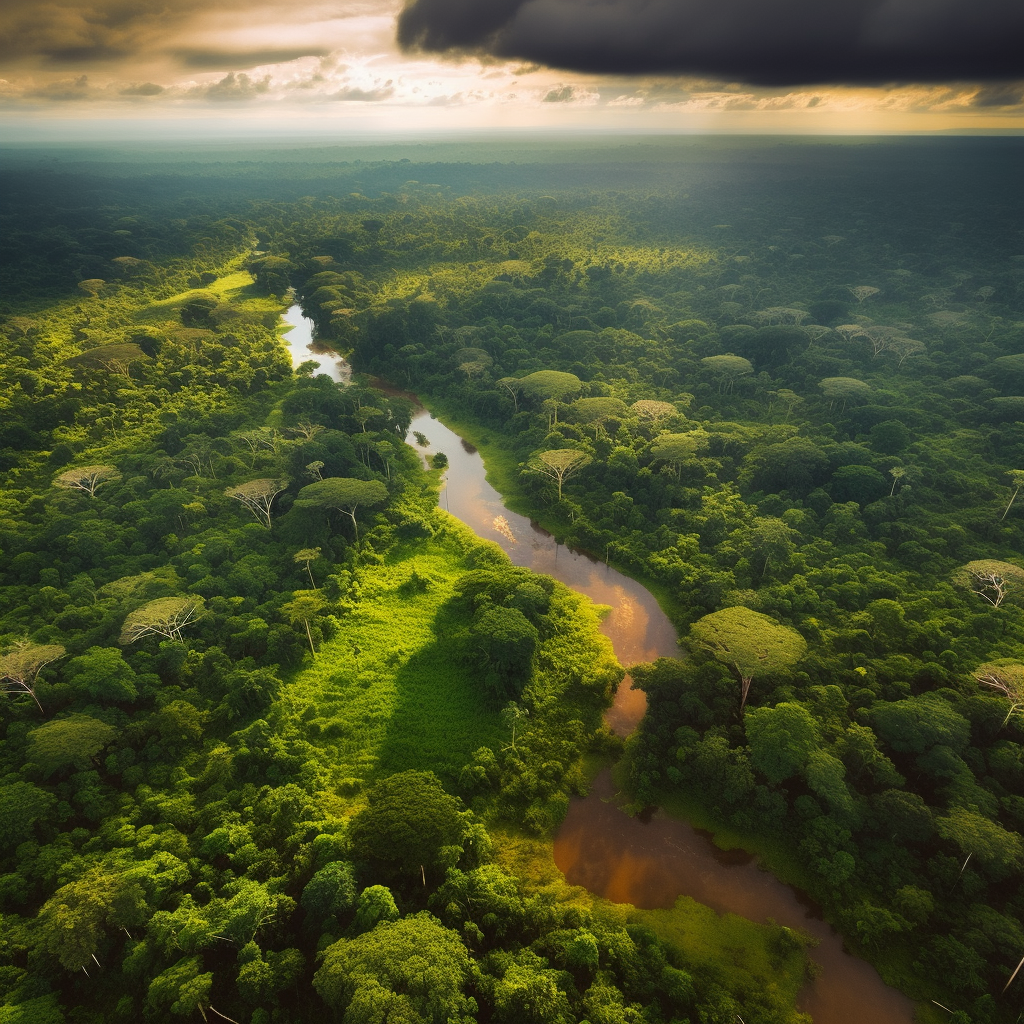January 26, 2024
2023 Amazon Drought – From Carbon Sink to Source, Urgent Call for Climate Action
Book a Demo
The 2023 drought that devastated the Amazon rainforest was a stark reminder of the threats posed by climate change. This catastrophic event led to the draining of major rivers, sparked widespread wildfires, and posed a significant threat to the livelihoods of millions of people. The Amazon River and its tributaries reached record low levels, a phenomenon that experts have termed “exceptional,” largely due to the impact of human-induced climate change.
Research indicates that global warming is accelerating the devastation of the world’s largest rainforest, leading to more extreme droughts. This is transforming the Amazon from a carbon sink, which absorbs more carbon dioxide than it releases, into a carbon source, emitting more carbon dioxide than it absorbs. This is a significant and troubling shift, given that the Amazon rainforest is often referred to as the “lungs of the planet” due to its critical role in global carbon cycles.
The 2023 drought was the worst experienced in the Amazon in at least half a century, largely due to the combined impacts of climate change and rapid deforestation. The effects were particularly severe for small-holder farmers, indigenous river communities, and rural communities who are heavily dependent on the basin’s river system for transportation and the supply of goods.
The drought also had devastating impacts on the region’s biodiversity. Over 150 river dolphins perished due to the conditions, and transportation was severely disrupted. The drought also triggered wildfires and forced the shutdown of a major hydropower plant in Brazil, leading to power outages in Ecuador and Venezuela.
Despite a decline in deforestation rates in 2023 and a pledge to halt it altogether by 2030, the combined effects of past high deforestation rates and rising temperatures could potentially result in more frequent and severe droughts in the future. As we move forward, the importance of addressing these issues becomes increasingly apparent.
Governments are being urged to mitigate future droughts by implementing strategies such as reducing deforestation, restoring forests, and helping communities adapt to these changes. The 2023 drought was significantly influenced by climate change and the El Niño climate pattern, making it clear that a multi-pronged approach is needed to protect this vital ecosystem and the communities that depend on it. The events of 2023 serve as a stark reminder that our actions today will determine the health and sustainability of the Amazon rainforest in the years to come.
Science4Data is committed to cut through greenwashing and measure real impact. Join the journey to a sustainable future. Your actions matter.



